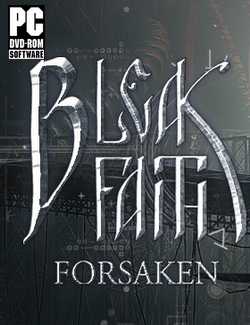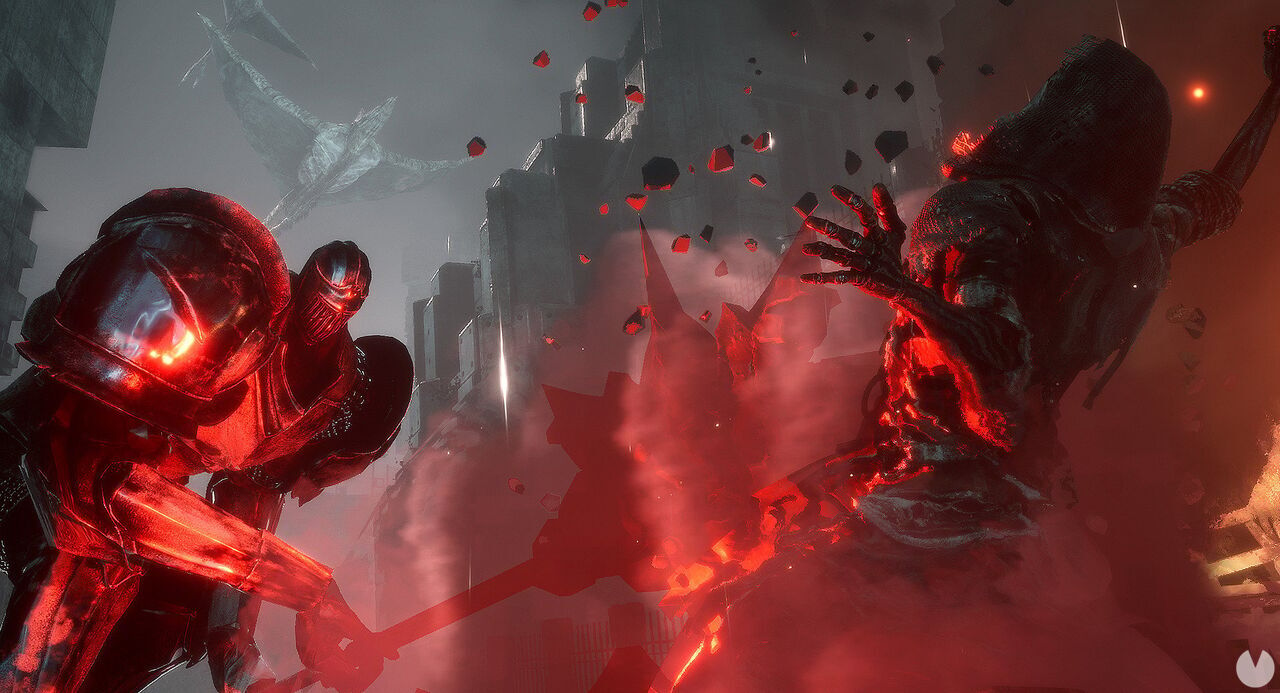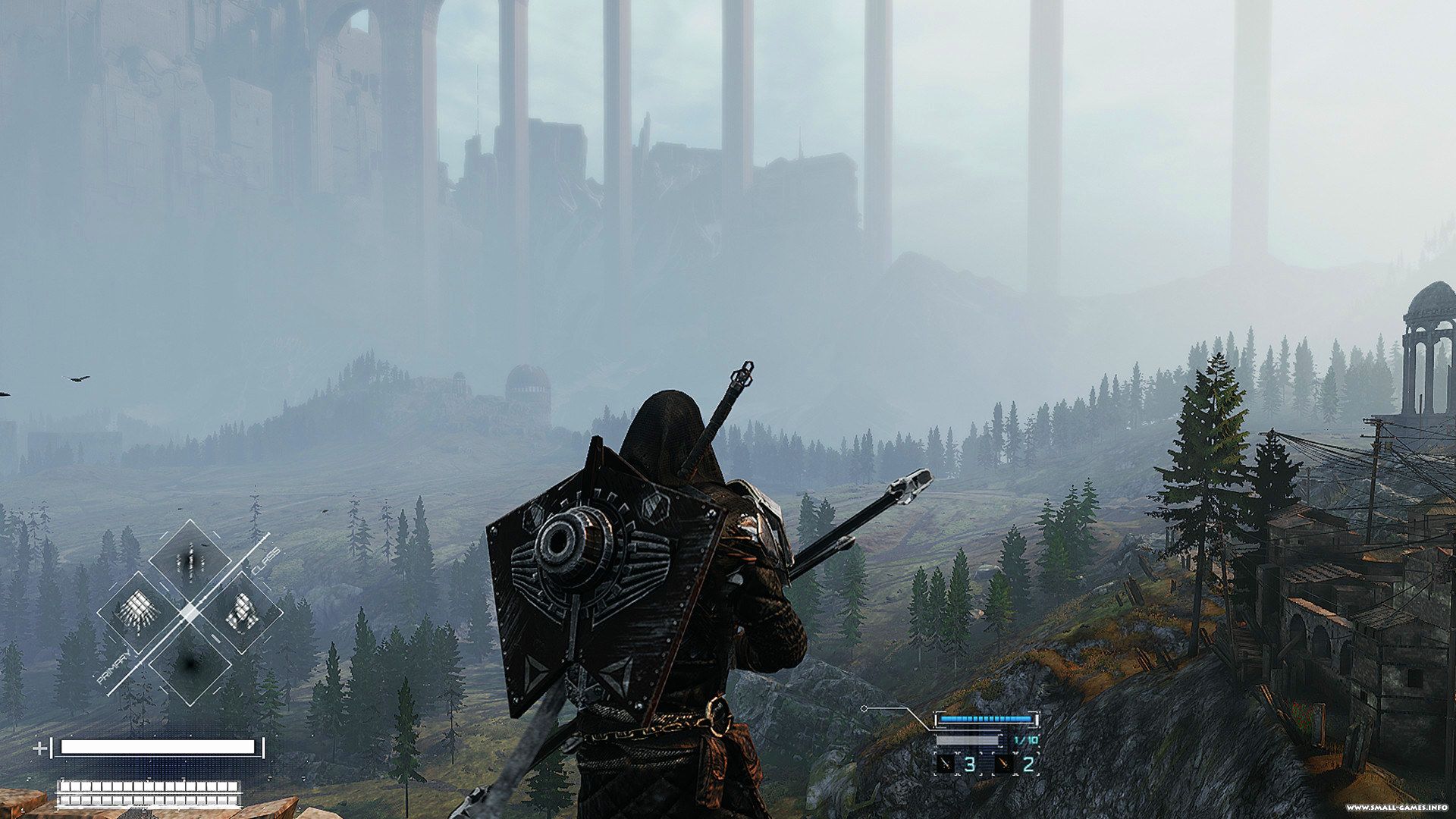
The Soulsborne genre has long since learned that you need to encourage players to take risks and wade into the fight, or they'll default to the safest and most boring strategies, and that only gets worse when the game punishes you for mistakes. That is really my biggest issue with Bleak Faith.


Despite the combat system seeming to want you to go all-in, it rewards being passive and poking at enemies much more, so it felt pointless to take risks. For one, the game is terrible about offering iframes, so combat styles that focus on aggression and dodging are far too risky for their reward. FromSoft's games have gradually worked toward encouraging aggression even with tanky play styles because being passive is boring, and it's a lot more fun to wade into combat. However, where it sours is on balance and pacing of combat. This allows for faster attacks and reduces the stamina cost of attacks, which is essential to survival. If you want to do combos, you need to attack just as your weapon hits the enemy. Perhaps the most intriguing aspect is that combos have a timing element. You can hop right in without needing any tutorials - which is good because the game basically offers none - and it's difficult to discuss anything that makes it stand out. Pretty much every basic mechanic you've learned to expect from Soulsborne-style games is here. If you've played anything in the genre, then you know what to expect. For a genre that thrives on polish, Bleak Faith doesn't have enough.Ĭombat follows the Soulslike tradition of stamina management and learning when to attack. Everything feels a bit underdesigned in a way that builds upon itself and leads to a world that doesn't live up to the potential. One of the biggest risks of making a Soulslike is that they depend heavily on extremely tight game design and balancing challenge with feeling fair, and Bleak Faith doesn't succeed at either. Unfortunately, the core problem with Bleak Faith is that the wonderful art design and visuals are all that it has going for it. As of this writing, there's some controversy over the game using assets stolen from Elden Ring, but that appears to have been a genuine mistake that is being removed, and the rest of the visual design is strong enough that I find that very easy to believe. The game looks incredibly good for an indie title, and it goes a long way toward showing how much can be done with little. The art design is absolutely phenomenal, and I was frequently awed by some of the areas that I explored or monsters I encountered. The graphics are among Bleak Faith's most engaging parts. The ruins are filled with bizarre creatures that meld machine and flesh, and surreal surroundings that make it stand out from the usual postapocalyptic cyberpunk dystopia world. The world is a decaying postapocalyptic hellscape where a pseudo-medieval civilization has barely eked out survival amid the decaying ruins of modern society.

Set in a massive Omnistructure, an interconnected and surreal world, it goes above and beyond in presenting one of the most bleak and depressing settings imaginable. Probably the most distinctive element of Bleak Faith is its world setting.

Unfortunately, Bleak Faith: Forsaken falls on the former more than the latter. Souls games require a lot of effort to avoid falling into the traps of being frustrating instead of engaging. Unfortunately, that is also the hardest thing for a game: attempting to follow in the footsteps of FromSoft. For all of their intentional obscurity or odd mechanics, they are meticulously designed, and careful work is put into making the games feel right. There are some many interconnected elements of gameplay that go together, so it can be tough to pick out each one. The success of Elden Ring and the previous Souls titles can be difficult to pin down.


 0 kommentar(er)
0 kommentar(er)
